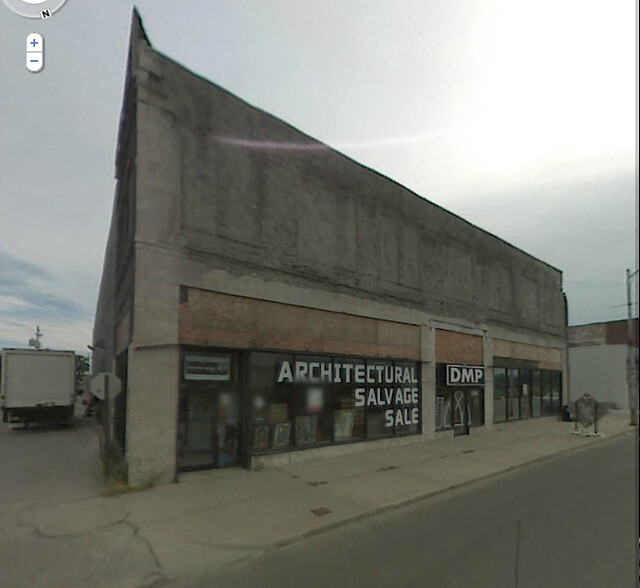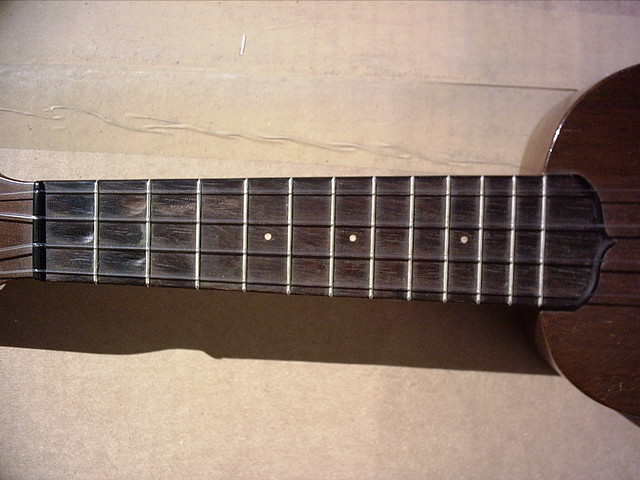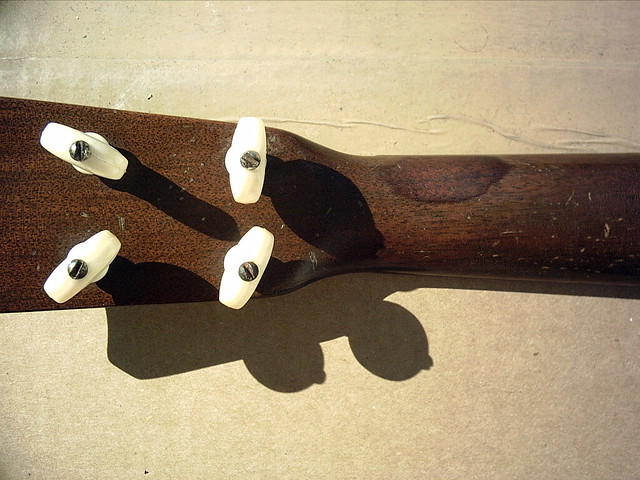Within a few years of this picture Daddy would drop out of Drake University and head to Canada to join the Royal Canadian Air Force as a pilot in the pre-WW II buildup. (The U.S. had no air force at the time.) When America got its air-act together, he transferred into the U.S. Air Force and was sent to China (29th Fighter Squadron) to train Chinese pilots to fight the Japanese in the CIB Theatre (China-India-Burma). On his way to China, he spent 12 hours floating in the Mediterranean when his transport ship, the HMT Rohna, was sunk by a German torpedo dropped from a plane (and he worked later side-by-side at NASA with the German scientist who developed that torpedo). In China he pancaked his P-40 in a rice paddy when he ran out of gas due to the radio beacon signal going dead, and spent several days walking back to the base on foot. Later, his plane would be hit by a Japanese fighter, blowing up the engine and leaving him with shrapnel in his leg. He was sent home a year-and-a-half later with a bad case of Sand Fly Fever—but not before receiving his Chinese pilot's wings from Madam Chang Kai-shek, to go with his RCAF and USAF wings. (He was one of a few pilots to earn pilot's wings from three different countries' Air Forces.)
When the above picture was taken, his grandfather (and then father) owned Kruidenier Cadillac in Des Moines, Iowa, originally located in this building at 1408 Locust Street in Des Moines. I'll assume Daddy was dressed up for a hot date in the 1930s version of the Escalade. As was true of all the Greatest Generation, Daddy never knew what perils lay ahead—including those to one day be induced by the raising of this post's author!










